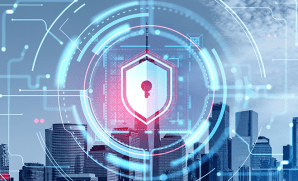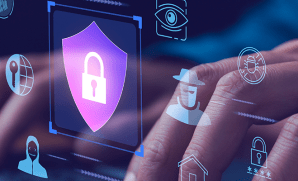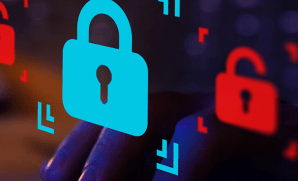Assessing CVE exposure to secure embedded systems form cybersecurity risk
Publish Date: July 14, 2021Embedded systems or otherwise also known as integrated systems, are inseparable from the technology of today. The embedded device market is estimated to be worth 116.25 billion USD by 2025[1], making simple devices such as TV remotes, wristwatches to complex systems, medical equipment, automotive parts, etc. Smart Technologies such as the Internet of Things (IoT), Industrial Internet of Things (IIoT), and Artificial Intelligence is at the heart of the growth of embedded systems.
With cybersecurity attacks more frequently than ever before, keeping embedded systems from a state of compromise is imperative to secure your overall product. The effort of securing embedded systems should be a focal point throughout the lifecycle of your product.
That brings us to the question, where and how does one start securing the existing embedded systems?
Loopholes in traditional security systems
Embedded systems are connected to all factions of a production cycle – management, monitoring, and maintenance. Thus, embedded systems are open to external risks since they operate on multiple networks across the milieu of work centers. Remote updates and patches are constant requirements that call for 24/7 security support. A lack of proper security architecture and security checks at the end of the software development lifecycle (SDLC) indicates that your software is rigid and not evolving towards better security management.
Therefore, it is critical to be able to change to meet customer demands, keeping in mind the uniqueness of every industry. As development cycles compress with more and more global market changes, security management can be a significant bottleneck for your product lines at the end of developing the software.
The kickoff point
The answer to the aforementioned question may take you through myriad rabbit holes of solutions. Still, to begin your journey comprehensively, one can rely on the common vulnerabilities and exposures database (CVE database) maintained by the US National Institute of Standards and Technology (NIST). A plan of action on detected vulnerabilities of compromised open-source components of your systems can help you mitigate risks for your product and the end consumer.
A software bill of materials (SBOM) is generated, which is the list of components in a piece of software in your systems; the next step would be to collate data on the exposure each component faces regarding security.
Typically, a security researcher finds a vulnerability, reserves a CVE-ID, and discloses it to a maintainer of the product responsible for investigating and rectifying it. The vulnerability is then registered in the National Vulnerability Database (NVD), which automatically puts the CVE effects against the affected software components. This undertaking has its drawbacks, however, of missed
[1] Markets & Markets
CVEs due to incorrect Common Platform Enumeration data (CPE) which is a structured naming scheme or a false positive that leads to wasted time and efforts.
How to make the most of CVEs?
- Be sure to read each CVE to understand if it applies and configures to your unique software environment.
- Practice vulnerability management as a repeatable process.
- Maintain a communication channel with your teams and coordinate with suppliers on risk management within your operation.
In our next blog on assessing CVE for detecting vulnerabilities and mitigating risks for your embedded systems, we will be exploring best practices for triaging exposures to analyze how they apply to your product.
Stay tuned!
Looking for a well-rounded download on security management of embedded systems? YASH Technologies experts are trained in vulnerability management with a complete arsenal of solutions. Visit www.yash.com to explore all our services.
















